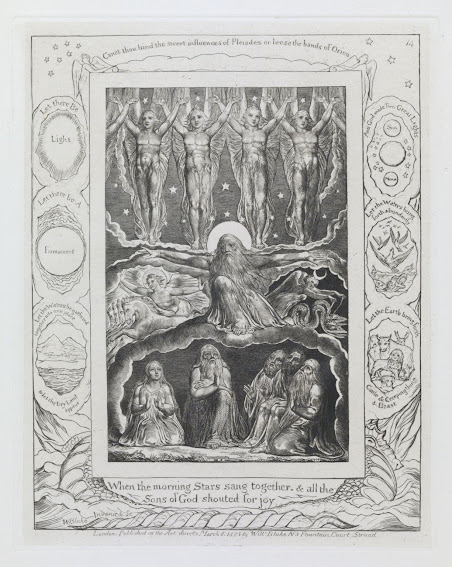Italian Renaissance
Who is the Artist?
When I hear the word "Renaissance", I aways think of a favorite artist of mine, Leonardo da Vinci. His works are always intriguing to me, as they often have a layer of mystery to them and convey strong emotion through technical mastery. Da Vinci (1452-1519)was an artist of the Italian Renaissance. I was browsing his work, and "Head of a Woman", another name is "La Scapigliata" (Brittanica), jumped out at me.
Analysis of the Work
When I saw this piece of art for the first time, I saw a calm face that looked both happy and sad at the same time. Her expression is serene, graceful, and calm. The fact that da Vinci was able to create expressions that could be read in so many ways, even by a single viewer, is awe-inspiring. If you observe some of his other faces, the "Mona Lisa" for example, it becomes evident that he often masterfully created faces so complex that it is disputed to this day what emotion he intended for us to feel when viewing his works. I feel that he did not intend to intrigue his viewers so much as to give his faces a very precise mix of emotions. For, can you not feel both happy and sad about something?I can see myself owning a copy of this piece in the form of a small wall-hanging. It is an elegant brush drawing, and would help to set a calm mood in a room. Perhaps, it belongs in a study or library. This placement would take advantage of the peace and focus that is felt when viewing it.
A Little History and Influence
"Head of a Woman" is unfinished, yet finished enough to hold great beauty. The exact time of creation is not known, but it is estimated to have been made between 1500-1505. It is believed that this work was influenced by the writings of Pliny the Elder, and that the face may be a depiction the goddess Venus. This is an influence by the humanism of the era. (Metropolitan Museum of Art)
Sources
Italian, L. da V. (no date) Leonardo da Vinci: Head of a woman (La Scapigliata), The Metropolitan Museum of Art. Available at: https://www.metmuseum.org/art/collection/search/656458 (Accessed: 13 June 2024).
10 famous artworks by Leonardo da Vinci (no date) Encyclopædia Britannica. Available at: https://www.britannica.com/list/10-famous-artworks-by-leonardo-da-vinci (Accessed: 13 June 2024).




Hi Jack,
ReplyDeleteTo start, I would like to thank you for sharing this piece and your excellent breakdown of it. I’m a huge fan of not only Leonardo da Vinci’s amazing art and painting, but also his fabulous work in his lesser-known fields of study. He was also an expert in mechanical engineering, geometry, optics and much more. It put a smile on my face that you highlighted one of my personal favorite artists and groundbreaking scientists. La Scapigliata definitely lives up to da Vinci’s high standards even though it isn't fully finished. The use of line in this work is easily my personal favorite part. Although this element is very simple it is a joy to see how a true master of their craft can portray it. Overall, great submission! Can't wait to see what you will do going forward.
Vaughan
Hi Jack,
ReplyDeleteWhen I first encountered "Head of a Woman" by Leonardo da Vinci, I was immediately struck by the serene and enigmatic expression on the woman's face. The blend of happiness and sadness in her countenance is truly captivating. Da Vinci's ability to convey multiple emotions within a single expression is nothing short of breathtaking. Comparable to his renowned "Mona Lisa," this artwork displays his penchant for creating complex and multifaceted faces, leaving viewers to ponder the intended emotions. It seems as though da Vinci deliberately imbued his subjects with a precise mixture of sentiments, inviting observers to experience a range of emotions simultaneously.
I can envision having a reproduction of this piece as a small wall hanging, adding an aura of elegance and tranquility to a study or library. The graceful brushwork and the calm mood exuded by the artwork would undoubtedly contribute to a peaceful ambiance.
The enigmatic "Head of a Woman" is an unfinished masterpiece, believed to have been created between 1500-1505. Its potential inspiration from the writings of Pliny the Elder and the possible depiction of the goddess Venus underscore the influence of humanism during that era. This historical context adds another layer of depth to the artwork, enhancing its allure and significance. Well Done.
Jordan
This is such a cool piece of artwork; I love its grainy gold texture and feel; the way it’s unfinished makes it seem like she is emerging out of the golden backdrop. You are right about the different emotions she portrays. She could be holding a baby, tired but happy, or turning away sorrowfully. The three-dimensional look and the emotions show the humanism in the work. I, too, would love to own a copy of this. In the History of Art article by Gurney, he describes another significant part of this artwork is that Leonardo's work can be viewed in the early stages without the need for new technology. You can see how he started with the drawing and moved to the actual painting but never finished it.
ReplyDeleteGurney, T. (2020). La scapigliata. La Scapigliata by Leonardo da Vinci. https://www.thehistoryofart.org/leonardo-da-vinci/la-scapigliata/
La Scapigliata by Leonardo da Vinci (thehistoryofart.org)